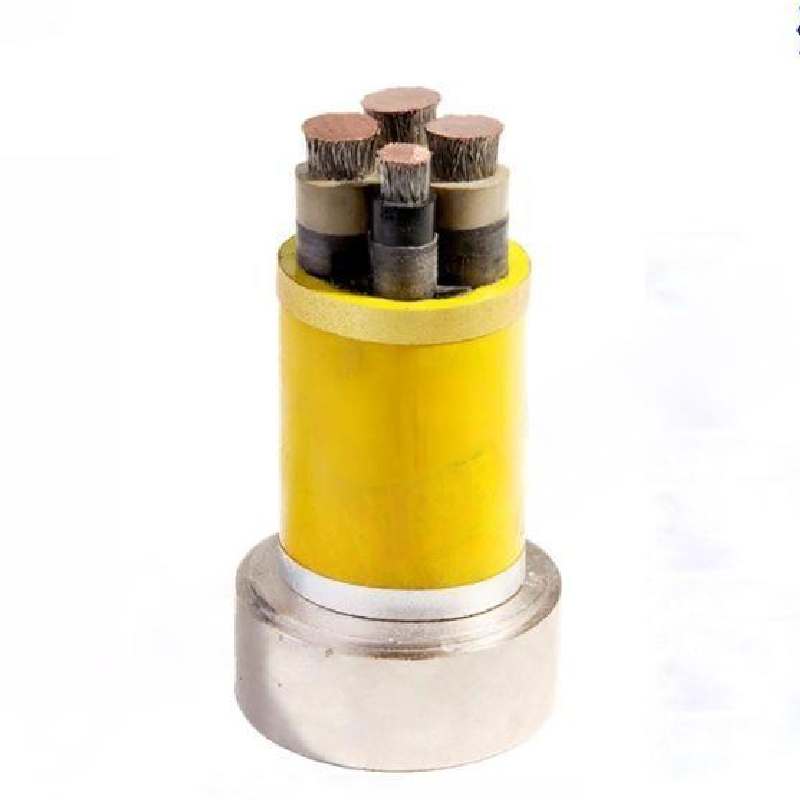Nov . 19, 2024 23:11 Back to list
Enhanced Performance for Critical Applications in Demanding Environments
Understanding Severe Service The Importance of Specialized Equipment in Challenging Environments
In today's industrial landscape, the term severe service encapsulates a range of challenging conditions under which industrial equipment must operate. From extreme temperatures and pressures to corrosive environments and frequent cycling, severe service scenarios are common in various sectors, including oil and gas, chemical processing, pulp and paper, and power generation. This article delves into the intricacies of severe service applications, the challenges they pose, and the importance of employing specialized equipment designed to withstand these demands.
Severe service environments often expose equipment to conditions that exceed normal operational limits. For instance, valves, pumps, and other critical components must endure thermal shocks, abrasive substances, and highly corrosive materials. In such circumstances, standard equipment may fail, leading to costly downtime, safety hazards, and potential environmental damage. Thus, understanding the specific needs of each application is crucial for selecting the right materials and designs.
One of the first considerations in severe service applications is the choice of materials. Traditional materials, such as carbon steel, may not be suitable for environments filled with aggressive chemicals or subjected to extreme temperatures. For example, stainless steels, alloys, and specialized composites offer improved resistance to corrosion and thermodynamic fluctuations. Moreover, the manufacturing process itself becomes vital; components might require special treatments, such as surface hardening or coating, to enhance their performance and longevity.
Another critical aspect of severe service is the dynamic nature of the operating environment. Many industrial processes involve significant changes in pressure and temperature, and equipment that can handle these fluctuations is imperative. For example, valves in severe service must maintain tight seals and reliable operation even as conditions change. An improperly designed valve can lead to leakage, operational failures, and even catastrophic events. Therefore, engineers must meticulously evaluate how the equipment will perform across a range of scenarios, ensuring it meets the required safety standards.
severe service

Accessibility for maintenance is yet another factor that comes into play in severe service applications
. Equipment frequently faces high wear and tear, and facilitating maintenance is essential to minimize downtime. Designing components for easy access, combined with detailed maintenance protocols, can significantly reduce the time needed for repairs. This foresight can alleviate extended production interruptions and financial losses associated with unexpected failures.Furthermore, the selection of appropriate technology can enhance performance in severe service situations. Advanced monitoring systems, like predictive maintenance technologies, can provide real-time data on equipment health, enabling an organization to anticipate breakdowns before they occur. These smart solutions not only help in prolonging the lifespan of the equipment but also reduce maintenance costs, thereby offering considerable savings to businesses.
Training personnel to understand the unique challenges posed by severe service environments can also not be overstated. Operators and maintenance teams need to be well-versed in the specific characteristics of the equipment and materials they are working with. Regular training and workshops can help improve their skills and knowledge, ultimately leading to better operational efficiency and safety.
Finally, it is essential to acknowledge the evolving nature of severe service applications. As industries adopt more innovative technologies and processes, the equipment used must evolve accordingly. Companies that invest in research and development to produce cutting-edge equipment tailored for severe service environments will likely have a competitive advantage.
In conclusion, severe service applications present a multitude of challenges requiring specialized equipment that can withstand extreme conditions. The right choice of materials, careful engineering design, efficient maintenance practices, and investment in technology play crucial roles in ensuring operational success. As industries continue to face increasing demands, understanding and addressing the severe service landscape is vital for safety, efficiency, and profitability. Investing in expertly designed equipment not only mitigates risks but also paves the way for sustainable growth in an ever-competitive global market.
Share